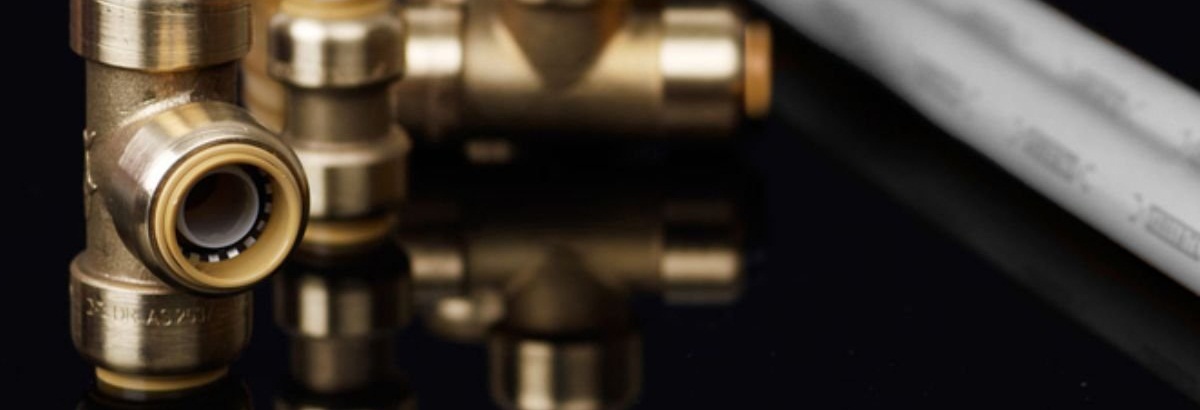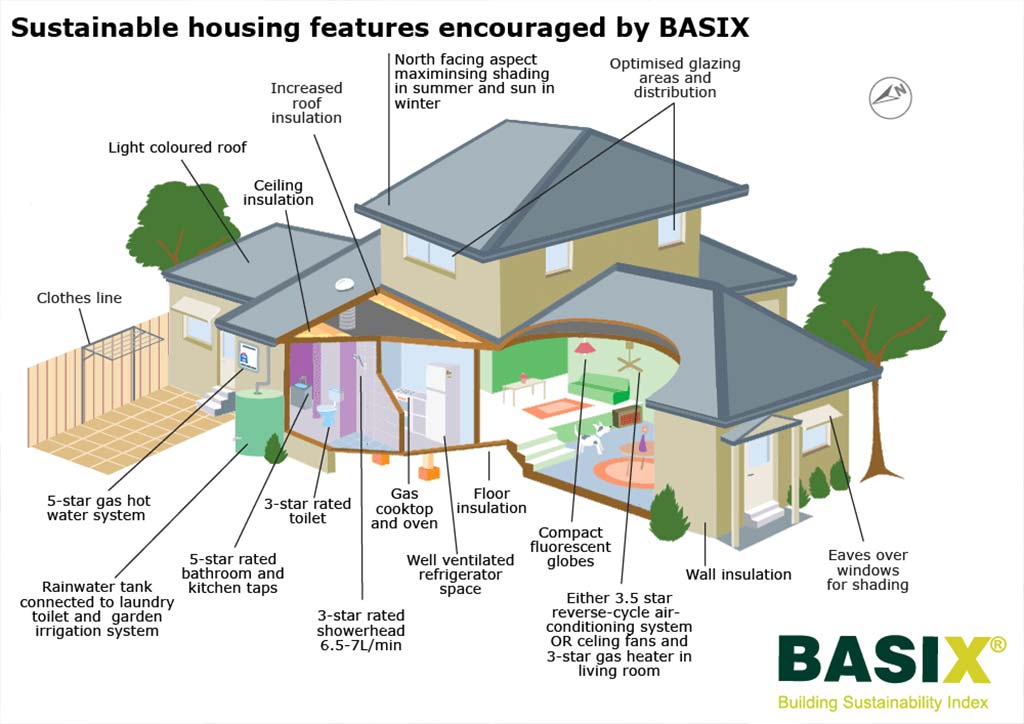Each person may have his or her own conception with regards to Anatomy of a House: Understanding the Components.

Recognizing how your home's plumbing system works is vital for every single home owner. From providing tidy water for drinking, cooking, and showering to safely getting rid of wastewater, a well-maintained plumbing system is critical for your family's health and comfort. In this detailed overview, we'll discover the detailed network that composes your home's pipes and offer suggestions on maintenance, upgrades, and managing typical problems.
Intro
Your home's pipes system is greater than simply a network of pipelines; it's a complicated system that ensures you have access to clean water and efficient wastewater removal. Knowing its components and just how they collaborate can assist you stop expensive repair work and ensure everything runs efficiently.
Standard Elements of a Pipes System
Pipes and Tubes
At the heart of your pipes system are the pipelines and tubing that carry water throughout your home. These can be made of various products such as copper, PVC, or PEX, each with its benefits in regards to longevity and cost-effectiveness.
Components: Sinks, Toilets, Showers, and so on.
Fixtures like sinks, toilets, showers, and bathtubs are where water is made use of in your house. Comprehending just how these components link to the plumbing system helps in detecting issues and preparing upgrades.
Valves and Shut-off Factors
Valves regulate the circulation of water in your plumbing system. Shut-off valves are crucial throughout emergencies or when you need to make fixings, permitting you to separate parts of the system without interfering with water flow to the entire residence.
Water System
Key Water Line
The primary water line connects your home to the community water supply or an exclusive well. It's where water enters your home and is distributed to various components.
Water Meter and Pressure Regulatory Authority
The water meter measures your water use, while a pressure regulatory authority guarantees that water flows at a secure pressure throughout your home's pipes system, stopping damage to pipelines and fixtures.
Cold Water vs. Hot Water Lines
Recognizing the distinction in between cold water lines, which provide water directly from the primary, and warm water lines, which carry heated water from the water heater, aids in repairing and planning for upgrades.
Drain System
Drain Pipes Piping and Traps
Drain pipes bring wastewater away from sinks, showers, and commodes to the sewage system or septic tank. Traps protect against sewage system gases from entering your home and also trap debris that can create clogs.
Air flow Pipes
Air flow pipes enable air right into the drainage system, stopping suction that can slow drain and cause traps to vacant. Proper air flow is important for keeping the integrity of your plumbing system.
Significance of Appropriate Drainage
Guaranteeing appropriate water drainage avoids back-ups and water damages. Regularly cleaning drains pipes and preserving catches can avoid expensive fixings and extend the life of your plumbing system.
Water Heating Unit
Sorts Of Water Heaters
Water heaters can be tankless or standard tank-style. Tankless heating systems heat water on demand, while containers store heated water for instant usage.
Updating Your Pipes System
Reasons for Upgrading
Updating to water-efficient fixtures or replacing old pipes can improve water top quality, reduce water expenses, and enhance the worth of your home.
Modern Plumbing Technologies and Their Benefits
Check out innovations like wise leakage detectors, water-saving commodes, and energy-efficient hot water heater that can save money and decrease environmental effect.
Expense Factors To Consider and ROI
Determine the upfront expenses versus long-lasting financial savings when taking into consideration pipes upgrades. Numerous upgrades pay for themselves through decreased utility expenses and less repair services.
Just How Water Heaters Attach to the Pipes System
Recognizing exactly how water heaters attach to both the cold water supply and warm water distribution lines helps in diagnosing concerns like inadequate hot water or leakages.
Upkeep Tips for Water Heaters
Consistently purging your water heater to remove debris, examining the temperature level settings, and examining for leakages can prolong its life-span and boost power effectiveness.
Common Plumbing Concerns
Leakages and Their Reasons
Leakages can occur as a result of maturing pipes, loosened installations, or high water pressure. Resolving leaks immediately prevents water damage and mold development.
Obstructions and Obstructions
Blockages in drains pipes and bathrooms are often brought on by flushing non-flushable things or an accumulation of oil and hair. Utilizing drain displays and being mindful of what goes down your drains pipes can protect against blockages.
Signs of Pipes Issues to Expect
Low tide pressure, slow-moving drains, foul odors, or unusually high water expenses are signs of possible plumbing issues that should be resolved quickly.
Plumbing Upkeep Tips
Regular Examinations and Checks
Schedule yearly pipes evaluations to capture concerns early. Search for indications of leakages, corrosion, or mineral accumulation in taps and showerheads.
DIY Maintenance Tasks
Straightforward tasks like cleansing tap aerators, checking for bathroom leaks making use of dye tablet computers, or insulating revealed pipelines in chilly climates can protect against major plumbing problems.
When to Call a Specialist Plumbing Technician
Know when a pipes issue needs professional expertise. Attempting complicated repair services without proper expertise can cause even more damage and greater fixing costs.
Tips for Minimizing Water Use
Straightforward habits like taking care of leakages promptly, taking shorter showers, and running full tons of washing and meals can preserve water and lower your energy expenses.
Eco-Friendly Pipes Options
Consider lasting pipes products like bamboo for floor covering, which is durable and eco-friendly, or recycled glass for counter tops.
Emergency situation Preparedness
Actions to Take Throughout a Plumbing Emergency
Know where your shut-off shutoffs are located and exactly how to turn off the water in case of a burst pipeline or major leakage.
Relevance of Having Emergency Contacts Useful
Keep get in touch with information for local plumbing technicians or emergency services readily available for quick response during a pipes crisis.
Environmental Impact and Preservation
Water-Saving Components and Appliances
Installing low-flow taps, showerheads, and commodes can substantially lower water use without compromising performance.
DIY Emergency Fixes (When Relevant).
Short-lived solutions like making use of duct tape to spot a dripping pipeline or putting a bucket under a dripping faucet can reduce damage until a professional plumbing arrives.
Conclusion.
Recognizing the anatomy of your home's plumbing system encourages you to keep it successfully, conserving money and time on repair services. By complying with routine maintenance routines and staying notified about modern pipes innovations, you can ensure your pipes system operates successfully for several years to come.
Understanding Your Home Plumbing System: A Comprehensive Guide
Plumbing System: The Lifeline of Your Home
At its core, the plumbing system is designed to perform two primary functions: bring fresh water into your home and remove wastewater. The system is a network of pipes, fixtures, and other components that transport water and sewage. Residential plumbing systems include potable water supply lines, drain-waste-vent (DWV) systems, and various plumbing fixtures that make water use in daily tasks possible.
Key Components:
Water Supply: This part of your plumbing system brings municipal water into your home, passing through the main water supply line. It s responsible for supplying all water needs, from drinking to bathing.
Drainage System: It carries waste and water away from your home to the sewer or septic system. This system includes all the piping within your home that leads to external sewage or septic systems.
Vent System: An essential yet often overlooked component, the vent system allows sewer gases to escape and lets air into the drainpipes, ensuring water and waste move correctly through the system.
Fixture: More Than Just Taps and Toilets
Plumbing fixtures are the most interactive parts of the plumbing system, including faucets, showers, toilets, and sinks. Each fixture is connected to the plumbing system and plays a role in either the delivery of freshwater or the disposal of waste and wastewater.
Types of Fixtures:
- Faucets and Sinks: Used for washing hands, dishes, and other daily water needs.
- Toilets: Dispose of human waste through the sewage system.
- Bathtubs and Showers: Provide bathing facilities, requiring both hot and cold water supply.
Water Supply: The Source of Life
The water supply system is a critical component, ensuring that potable water is available throughout your home for various uses, including drinking, cooking, and cleaning. This system consists of pipes that distribute water to different parts of the house, controlled by valves to regulate the water flow.
Types of Plumbing: Materials and Methods
Various types of plumbing systems and materials are used in residential settings, each with its advantages and applications. From copper and PVC pipes for water supply to cast iron and ABS for drainage, the choice of materials can impact the longevity and efficiency of your plumbing system.
https://intownplumbingtx.com/articles/home-plumbing-system-guide/

I'm just very occupied with and I hope you liked my blog post. Appreciated our write-up? Please quickly share it. Let another person check it out. I appreciate your readership.
Booking Page
Comments on “Why Your House's Plumbing System Works: Structure”